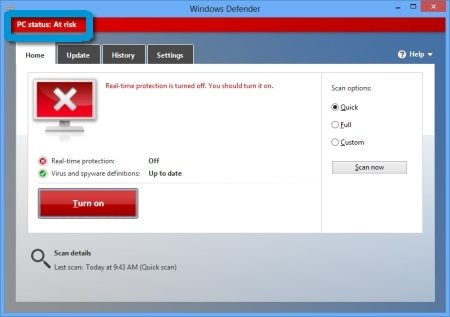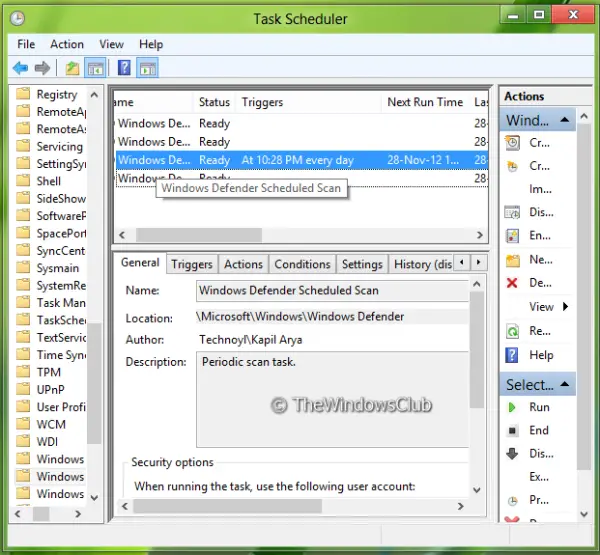
Name the value "DisableScanningMappedNetworkDrivesForFullScan ". Right-click on the "Scan " button (folder) in the left pane and select New> DWORD (32 bit) Value. If you don't see "Scan (folder) button under the Windows Defender folder, right-click on the Windows Defender folder and select New > Key. Navigate to the following key in the left sidebar:Ĭomputer HKEY_LOCAL_MACHINE SOFTWARE Policies Microsoft Windows Defender Scan When you're ready, open the Registry Editor by pressing Windows + R on your keyboard, typing "regedit " in the box, then pressing on Entrance. That way, if something is wrong, you can always go back. Windows will likely do it automatically when you install an update, but that couldn't hurt doing it manually.

You should also create a system restore point before continuing. RELATED: How to backup and restore the Windows registry And, back up the Registry (and your computerbefore you make any changes. That said, if you've never worked on it before, be sure to read how to use the Registry Editor before you start. This is a fairly simple hack, and as long as you follow the instructions, you shouldn't have any problems. Here is our standard disclaimer: l 'Registry Editor is a powerful tool and improper use can make your system unstable or even unusable. (If you have Windows 10 Pro or Enterprise, however, we recommend that you use the simplest Group Policy Editor, as described in the next section.) You can also do this this way if you have Windows 10 Professional or Enterprise, but feel more comfortable working in the Registry than in the Group Policy Editor. If you have Windows 10 Home, you will need to modifier the Windows registry - or use PowerShell, which we'll cover later - to make this change.

Home Users: Enable scanning of the network drive mapped via the registry Here's how to make sure your network drives are scanned.

If you have configured a mapped network drive on Windows 10, Windows Defender will not search for viruses or malware by default during its scheduled scans.


 0 kommentar(er)
0 kommentar(er)
